The camera phone has all but killed the compact camera market. And it has done it by producing cameras of fantastic quality. The old, cynical saying was that the best camera was the one you had with you because most people didn’t carry a camera most of the time.
Now, we all carry a camera all the time. And almost all of them are probably the best cameras we’ve ever owned.
All of this is good news for the consumer. We have in our pockets a camera that will take excellent photos of most things in most circumstances. The question, then, is which camera phone is the best for you?
We’ve put together eight of the best for you to choose from. Some are bigger than others, some are more complex, and some are expensive enough to make your eyes water. But all of the cameras on our list will serve you very well indeed. And you’ll find iPhone and Android options, so you can take your pick!
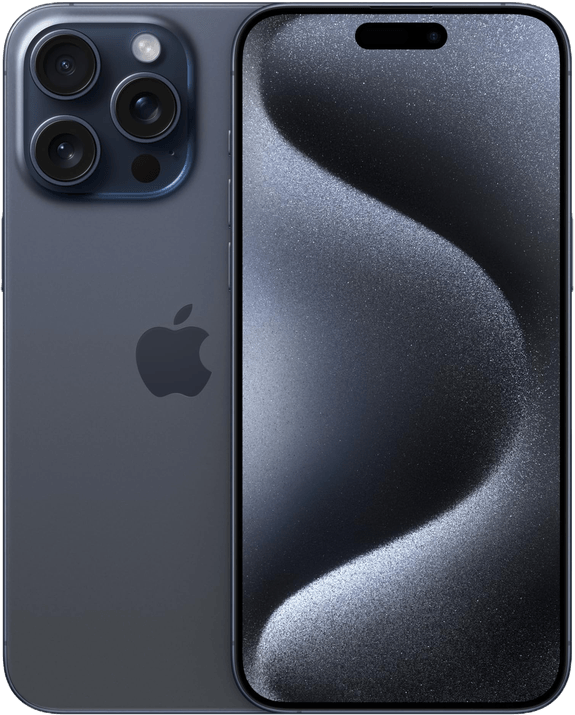
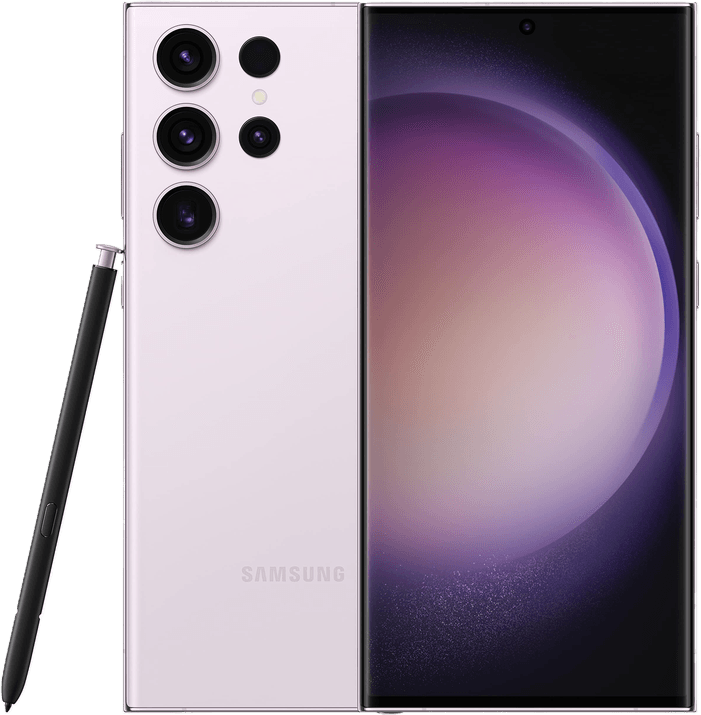
Perhaps more than most tech purchases, a new camera phone might be influenced by emotion. Some people are fiercely Apple, while others are Android. For the floating voter, the good news is that there are amazing phones out there with exceptional cameras. And they are available for both iOS and Android. Here’s a summary of our recommendations.


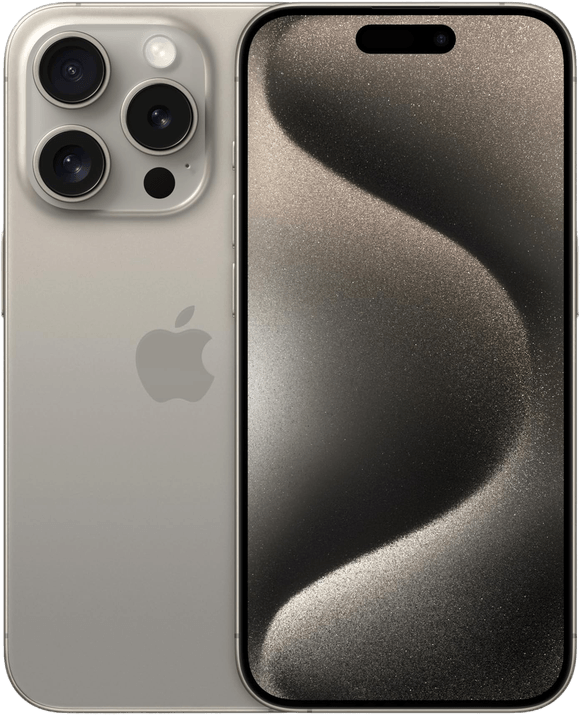
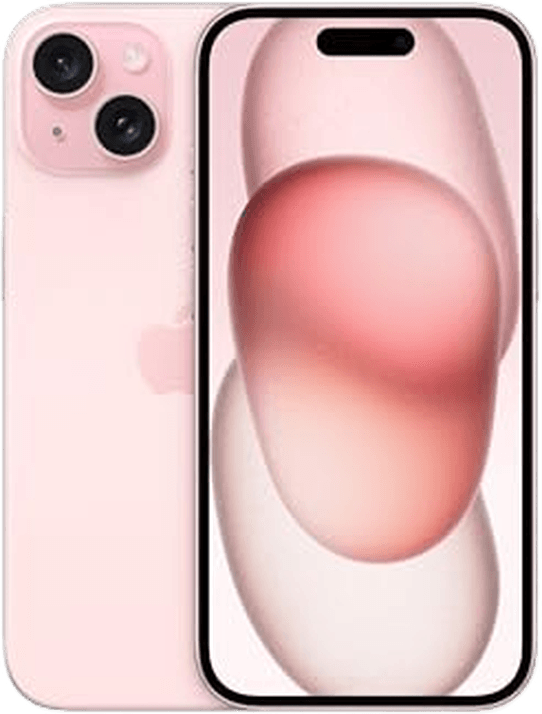
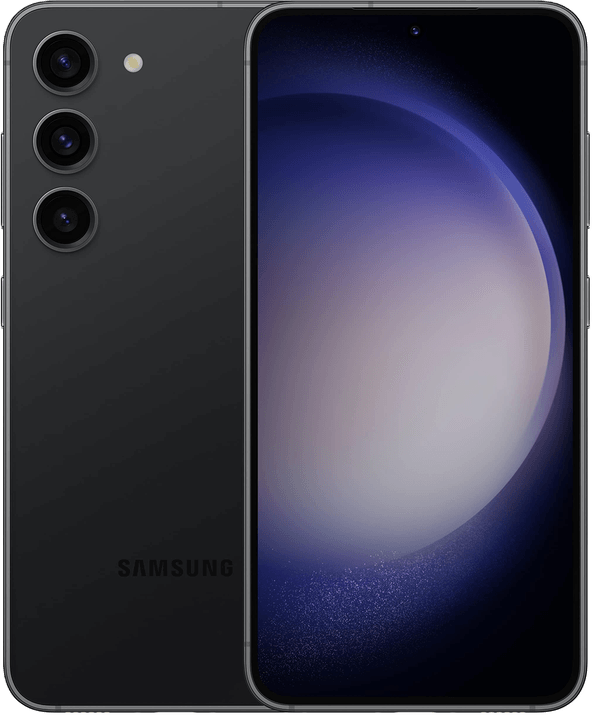
Let’s dive in and take a look at our recommendations for the best camera phone available today.

| Brand |
Brand
Apple
|
| Number of Front-Facing Cameras |
Number of Front-Facing Cameras
3
|
| Focal Lengths (Full-Frame Equivalent) |
Focal Lengths (Full-Frame Equivalent)
13mm, 24 mm, 120mm
|
| Maximum Resolution |
Maximum Resolution
48 MP
|
| Optical Stabilization? |
Optical Stabilization?
Yes
|
| Screen Size |
Screen Size
6.7 inches
|
| Maximum Brightness |
Maximum Brightness
2000 nits
|
| Key Features |
Key Features
2 million-to-one contrast, IP68 rating, 1 TB maximum storage
|
| Best For |
Best For
Anyone looking for a no-compromise, top-level camera phone
|
Looking back at the Apple iPhone 15 Pro Max ancestor’s launch event, we can see what seismic change the iPhone brought. But it’s easy to forget because we have come to take our smartphones for granted. And in recent years, the challenge for the manufacturers has been to improve the product enough to persuade people to buy.
Is another megapixel or another 30 minutes of battery life really worth it? The iPhone, in its 15th incarnation, is an example of how hard it can be to improve an already exceptional product. Apart from the EU-imposed USB-C port, most of the other changes are incremental.
The main exception to that is that the Pro Max now comes with a 5x telephoto lens. The 120mm full-frame equivalent lens is a big step up from the previous 3x lens. And at f/2.2, it’s decently fast. On the downside, don’t expect the 48 MP headline figure, as this telephoto camera is a 12 MP one.
Nonetheless, the combination of this with a 24mm f/1.78 48 MP lens and an ultra-wide 13mm f/2.2 12 MP camera is a winning one. For photographers, that range of focal lengths from 13mm to 120mm is attractive. Especially when combined with the decently fast maximum apertures.
Across the board, the Pro Max performs impressively. It is perhaps better for video than still photos, but the photos are still outstanding. And it is better in good light than poor. But any small sensor camera will struggle in poor light. And if your current phone is more than a couple of years old, you’ll be amazed at the improvement.
Add in features like optical image stabilization and a portrait mode that allows you to change the focus point after shooting, and you have a comprehensive package. In a very tough and competitive market, the Apple iPhone 15 Pro Max just beats the competition to come out on top.
| Brand |
Brand
Google
|
| Number of Front-Facing Cameras |
Number of Front-Facing Cameras
3
|
| Focal Lengths (Full-Frame Equivalent) |
Focal Lengths (Full-Frame Equivalent)
11mm, 25mm, 95mm
|
| Maximum Resolution |
Maximum Resolution
50 MP
|
| Optical Stabilization? |
Optical Stabilization?
Yes
|
| Screen Size |
Screen Size
6.7 inches
|
| Maximum Brightness |
Maximum Brightness
2400 nits
|
| Key Features |
Key Features
Fast main lens, minimum 48 MP sensor size
|
| Best For |
Best For
Anyone looking for the best Android camera phone
|
The Google Pixel 8 Pro is the latest flagship phone from the owners of the Android operating system. It took Google a full eight years to brand its own hardware for the OS that it developed to challenge Apple’s iOS.
Google Pixel fans mainly love two things about the phones. The no-nonsense operating system that runs as it is meant to and the quality of the cameras. Many (if not most) Android handset manufacturers put their own interface over the top of the Android system. For Pixel fans, this adds a layer of awkwardness and complication that the OS neither needs nor deserves.
The Pixel cameras have long held their own in a fierce market. And many users will prefer the Pixel 8 to any iPhone alternative—either for the OS or for the way the handset processes the images. It’s mainly down to a matter of taste in many respects.
The headline figures in an iPhone 15 Pro Max vs Google Pixel 8 Pro faceoff favor the Google offering. Here you get a minimum of 48 MP, compared with the 12 of some of the iPhone cameras. The main 25mm camera bumps this figure up to 50 MP.
The Pixel also shades the contest when it comes to lens speed. The 25mm main camera boasts a maximum f/1.68 (f/1.78 for the iPhone), and the 11mm ultrawide is f/1.95 (f/2.2 for Apple). Only the 95mm at f/2.8 is slightly slower than the iPhone (f/2.2).
The Pixel 8 impresses with its photo quality in most circumstances. And its zoom performance is especially strong. In fact, in bright light outdoors, it can’t be beaten. The same is true of its video performance.
It falls behind the iPhone in exposure accuracy, and there is more noise in HDR video footage. The Pixel comes out on top for depth of field, and its ultrawide is as good as it gets. There are some neat AI-based innovations for the Pixel 8 Pro, including simple blemish removal. You can pick and choose the best facial expressions for each member of a group photo as well. That’s something I think we can all get behind.
There will be many who prefer the results from Google Pixel 8 Pro compared with other phones. And it’s almost certain it will impress you. Choosing between this and the iPhone 15 Pro Max might be down to OS preference or even which ecosystem you’re invested in.

| Brand |
Brand
Samsung
|
| Number of Front-Facing Cameras |
Number of Front-Facing Cameras
4
|
| Focal Lengths (Full-Frame Equivalent) |
Focal Lengths (Full-Frame Equivalent)
13mm, 23mm, 69mm, 230mm
|
| Maximum Resolution |
Maximum Resolution
200 MP
|
| Optical Stabilization? |
Optical Stabilization?
Yes
|
| Screen Size |
Screen Size
6.8 inches
|
| Maximum Brightness |
Maximum Brightness
1750 nits
|
| Key Features |
Key Features
Includes Galaxy S Pen, stylish curved screen
|
| Best For |
Best For
Anyone wanting a long telephoto on their camera phone
|
The Samsung Galaxy S23 Ultra is an understandably popular camera phone. Samsung has long impressed with the quality of their camera hardware. And the S23 Ultra packs some impressive features into its elegant case.
For one thing, it has four cameras rather than the usual three. And one of these is an astonishing 230mm-equivalent telephoto. Another big number to give its competitors pause is the 200 MP main camera.
In direct competition for the best camera phone title, there are plenty of people who will put the Samsung Galaxy S23 Ultra on top. And it’s easy to see why. The flexibility of having four cameras is attractive, and they all achieve excellent image quality.
As with many of these decisions, it might come down to personal preference. The Samsung tends to produce colors that are too rich for my taste. And the bokeh produced in some shots seems a little over-processed.
However, if you want fantastic telephoto capability, you’ll probably be seriously tempted. Samsung’s version of Android OS is not to everyone’s taste. But that’s all it is—a matter of taste. If you’re already a Samsung devotee, you’ll love the extra speed and responsiveness of this handset.
The S23 Ultra has incredible cameras in its arsenal. Perhaps the deal maker for some will be the Galaxy S Pen. It is stowed in the phone’s body, so you never lose it. And rather neatly, it works as a remote shutter button. That’s a photographer-friendly feature, for sure.
The curved edges of the glass will not be to everyone’s taste. But, once again, it’s safe to say that it will be hard to be disappointed by the quality of the camera phone in the Samsung Galaxy S23.

| Brand |
Brand
Apple
|
| Number of Front-Facing Cameras |
Number of Front-Facing Cameras
3
|
| Focal Lengths (Full-Frame Equivalent) |
Focal Lengths (Full-Frame Equivalent)
13mm, 24mm, 77mm
|
| Maximum Resolution |
Maximum Resolution
48 MP
|
| Optical Stabilization? |
Optical Stabilization?
Yes
|
| Screen Size |
Screen Size
6.1 inches
|
| Maximum Brightness |
Maximum Brightness
2,000 nits
|
| Key Features |
Key Features
Excellent image stabilization and video performance
|
| Best For |
Best For
Anyone wanting a more compact high-end Apple camera phone
|
The Apple iPhone 15 Pro is, with one major difference, the same as its bigger sibling, the Pro Max. That one difference is in the maximum length of the telephoto lens. In the 15 Pro Max, it’s 120mm, but the iPhone 15 Pro has a 77mm telephoto. That, for some people, puts the normal-sized Pro below the bigger offering.
For others, the increased portability of the smaller device is the major selling point. There’s no getting away from it, the Pro fits in your pocket better. And if the pocket is the main way you’re going to be carrying your phone, the 15 Pro might be the choice for you.
The other sacrifice you make, apart from screen size, is the reduced battery life from the smaller battery. In every other detail, it is matched spec for spec. The Pro Max has more pixels, for instance, but they are at the same density on the screen.
So if you’re not so worried about the additional telephoto reach, or you want a more portable phone, the Apple iPhone 15 Pro could be the iPhone for you.
| Brand |
Brand
Google
|
| Number of Front-Facing Cameras |
Number of Front-Facing Cameras
3
|
| Focal Lengths (Full-Frame Equivalent) |
Focal Lengths (Full-Frame Equivalent)
12mm, 26mm, 110mm
|
| Maximum Resolution |
Maximum Resolution
48 MP
|
| Optical Stabilization? |
Optical Stabilization?
Yes
|
| Screen Size |
Screen Size
5.8 inches (cover), 7.6 inches (open)
|
| Maximum Brightness |
Maximum Brightness
1200
|
| Key Features |
Key Features
Excellent folding performance and a good telephoto
|
| Best For |
Best For
Anyone who wants a folding camera phone
|
The Google Pixel Fold is our choice for a camera phone that’s a little bit different. Samsung used to have the field to itself with the Samsung Galaxy Z Fold 5. But the Pixel offers a better user experience in a more friendly form.
When folded, the phone is quite squat. This is one area where it beats the Samsung, which is long and narrow. Typing on the Pixel Fold is a breeze as there is no cramping of the keyboard. Like the Samsung, the Pixel Fold is very expensive. But we’ve included it as a somewhat unique option.
The cameras are one area where the compromises involved in making a folding phone show. They are subpar for a phone at this price. That being said, Google has applied its vast expertise in camera design and, more importantly, image processing. And they managed to make relatively modest hardware work very well.
The main camera boasts a respectable 48 MP sensor. With a 25mm focal length, f/1.7 maximum aperture, and optical IS, it’s more than decent. And it has the familiar Pixel image processing. Again, this may come down to personal taste, but I prefer how the iPhone renders its images. But a photographer friend of mine thinks the opposite.
The remaining two cameras are an impressive 110mm f/3.05 telephoto and a 12mm f/2.2 superwide. Both are 10.8 MP sensors. So neither of those is class-leading in pixel count. But they deliver reliably impressive images. And the telephoto uses both optical and electronic image stabilization.
Folding phones are more than an expensive novelty. And Google has made good use of the concept with the Google Pixel Fold. For example, with Google Translate, you can unfold the screen, enter the text to translate, and the cover screen shows the person opposite you the translation. So if you want a folding phone with decent camera phone capability, it’s well worth a look.
| Brand |
Brand
Google
|
| Number of Front-Facing Cameras |
Number of Front-Facing Cameras
2
|
| Focal Lengths (Full-Frame Equivalent) |
Focal Lengths (Full-Frame Equivalent)
10mm, 21mm
|
| Maximum Resolution |
Maximum Resolution
64 MP
|
| Optical Stabilization? |
Optical Stabilization?
Yes
|
| Screen Size |
Screen Size
6.1 inches
|
| Maximum Brightness |
Maximum Brightness
1000 nits
|
| Key Features |
Key Features
Excellent 64 MP sensor at a great price
|
| Best For |
Best For
Anyone looking for an affordable camera phone
|
The Google Pixel 7a could be for you if you want a budget phone with an excellent camera. Although there is no telephoto option, the main camera has a 64 MP sensor. So it will tolerate some cropping to get you closer to your subject.
It’s impressive how much of a premium phone the 7a feels like while still costing less than $500. That’s still a decent lump of money, of course. But you get some pretty decent premium features. For instance, the screen has a maximum refresh rate of 90 Hz. You won’t find that even on the more expensive base iPhone 15.
The Pixel 7a won’t match the iPhone for processing speed. But the Tensor G2 chip is faster than other phones in the same price bracket. And that processor helps the 7a produce excellent photos from its two cameras. Pixel photos have a distinctive punchiness to them. And that is the case here. It’s hard to tell the difference between this camera and that on the more expensive ex-flagship Pixel 7.
There is decent video performance as well, with 30 fps 4K video available. Again, it falls short of more expensive cameras. But it provides incredible value for the price. The Google Pixel 7a is our top pick for a budget camera phone.

| Brand |
Brand
Apple
|
| Number of Front-Facing Cameras |
Number of Front-Facing Cameras
2
|
| Focal Lengths (Full-Frame Equivalent) |
Focal Lengths (Full-Frame Equivalent)
13mm, 24mm
|
| Maximum Resolution |
Maximum Resolution
48 MP
|
| Optical Stabilization? |
Optical Stabilization?
Yes
|
| Screen Size |
Screen Size
6.1 inches
|
| Maximum Brightness |
Maximum Brightness
2000 nits
|
| Key Features |
Key Features
Excellent 4K video and image stabilization
|
| Best For |
Best For
Anyone who wants the iPhone experience at a lower price
|
The Apple iPhone 15 can seem subpar compared with the Pro versions. But that’s missing the point. By some reckonings, the iPhone 15 is class-leading if you factor out the ultra-premium phones.
It certainly is a very capable device. It lacks the telephoto lens of the Pro models, but the cameras are otherwise the same. It has the same screen, as well. It is a very bright screen, with a maximum of 2,000 nits peak brightness when out of doors. It is limited to a 60 Hz refresh rate, unlike the 120 Hz of the Pros.
Of interest to photographers is that the iPhone 15 produces beautiful bokeh. And the overall video and photography performance is very good. iPhone images tend to be less punchy and contrasty than, say, Pixel phones. And this is where your personal taste preferences might guide your choice.
Other features that will interest photographers include sensor-shift IS. This mechanical process is superior to electronic IS and is impressive in a device as small as a smartphone. Recording 4K video at up to 60 fps is another bonus. And the cinematic mode allows for shallow depth of field recording with 4K HDR. It looks great.
If you’re not too bothered about the lack of a telephoto lens, the Apple iPhone 15 makes good sense. It’s a great phone with a very strong photographic pedigree.

| Brand |
Brand
SAMSUNG
|
| Number of Front-Facing Cameras |
Number of Front-Facing Cameras
3
|
| Focal Lengths (Full-Frame Equivalent) |
Focal Lengths (Full-Frame Equivalent)
13mm, 23mm, 69mm
|
| Maximum Resolution |
Maximum Resolution
50 MP
|
| Optical Stabilization? |
Optical Stabilization?
Yes
|
| Screen Size |
Screen Size
6.1 inches
|
| Maximum Brightness |
Maximum Brightness
1,750 nits
|
| Key Features |
Key Features
30x digital zoom and optical image stabilization
|
| Best For |
Best For
Anyone looking for a top brand Android phone at a reasonable price
|
If you want a premium phone from a well-known brand with three cameras, the Samsung Galaxy S23 is a good choice. I have long been impressed with Samsung camera phone quality. And the S23 is a great example of why.
The Qualcomm Snapdragon 8 Gen 2 processor allows the S23 to get the most from its cameras. These cameras remain the same as the S22 predecessor, but they have decent specifications. The 50 MP f/1.8 main camera will give you plenty of decent shots. And the 12 MP f/2.2 ultrawide lens offers lots of dramatic shooting opportunities. Finally, the 69mm, 10 MP f/2.4 lens is ideal for portraits and getting a little closer to the action.
Like the Google Pixel range, Samsung phones will tend to give you bold colors and deep contrast. At first glance, these are often very pleasing to the eye. But they are not to everyone’s taste. Where the Samsung excels, especially in this price range, is with the telephoto lens.
The headline figure of a 69mm full-frame equivalent will not rock your world. But the S23 is able to produce amazing digital zoom images up to 30x. That’s double the iPhone’s capability. And Samsung seems to have nailed the technicalities of not making the pictures look awful. If you want to amaze your friends with moon photos, this is the way to go!
The Samsung Galaxy S23 is a great value from a reputable manufacturer. It is a solid choice for a premium camera phone.
A camera phone produces better photos than most compact cameras ever did. This is partly down to pixel counts and lens technology. But it’s also very much due to software.
A camera phone has a tiny sensor. Even the biggest sensor on Apple’s current flagship, the iPhone 15 Pro Max, is 35 times smaller than a full-frame sensor. Even a Micro Four Thirds camera sensor is six times bigger.
So phone manufacturers have to deploy sophisticated image manipulation to get the most out of their sensors.
One result of this is that similar phones (think iPhone 15 Pro/Google Pixel 8 Pro) will produce very different-looking results from the same settings and shooting scenario. That’s because each brand processes the image data differently.
That means that you might find yourself preferring a particular look over another. This is similar to GoPro, which has a particular “look” that some people prefer to alternative action cameras.
Whatever flavor of processing you like, you’ll be sure to be impressed with the camera phone quality in our selection.
The very best camera phones in this review are all excellent. And there are both Apple and Android devices. Your preference might be dictated by how you like your images processed, as we’ve already said.
Or you might be locked into one ecosystem or another. If, for example, you want to use an Apple Watch, there’s no Android option for you. If you use a Samsung Galaxy Watch, you might want to stay within that Samsung ecosystem.
You’ll find Apple, Samsung, and Google jockeying for the lead in the best camera phone competition for many years to come.
Phone manufacturers are a little coy, or perhaps careless, in putting numbers on the focal length of their lenses. In places for this review, we have had to do a quick calculation based on the field of view of the lenses in question.
We have listed the equivalent focal length on a full-frame (35mm) camera because this is universally understood. And most of the camera phones have different size sensors, even in the same phone. So a standard measurement helps us understand better.
Compared with compact cameras, a camera phone has a wider main lens. Typically, they are about 24mm. A compact these days will have a zoom lens, but a fixed lens is more likely to be 35mm or so. This is why we often feel that our smartphones don’t get us close to the action.
That’s great for taking pics on holiday, but not so great for sports or concerts. A 24mm lens on an SLR used to be fairly exotic. The 10-13mm ultrawide lenses on these phones would be a very specialist beast on a DSLR. And in truth, the competition for these ultrawide angles would be a GoPro or similar.
And that leaves us with telephoto. Most phones call them “3x” or 5x,” which isn’t very helpful. In the case of the iPhone Pros, the 3x is about 77mm, and the 5x is about 120mm. The former, 77mm, is a nice portrait length. The latter is great for street photography and candid shots.
Just in the realm of photography, you’ll want to think about image stabilization, creative control, ease of sharing, and editing, among other things. Each of these devices approaches those things differently. Your preference will help to determine your choice.
Many of the camera phones here offer a level of water protection. If you’re likely to get them wet, that will be important for you. You might even want to consider additional protection if they’re really going to get wet.
You might also want to compare video performance, depending on how you will use it. Things to consider are the maximum resolution (4K should be a given) and the maximum frame rate. If it’s important to you, then 60 fps will probably be on your shopping list.
There are many reasons to leave your camera at home these days. On holidays, meals out, and parties—I almost never take my camera with me. But my phone can capture those events beautifully. The good news for consumers is that excellent quality can be had in a whole range of price brackets. And choosing between these phone camera offerings is often picking over details. The overall quality is that good.


